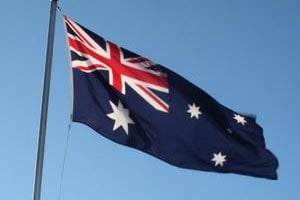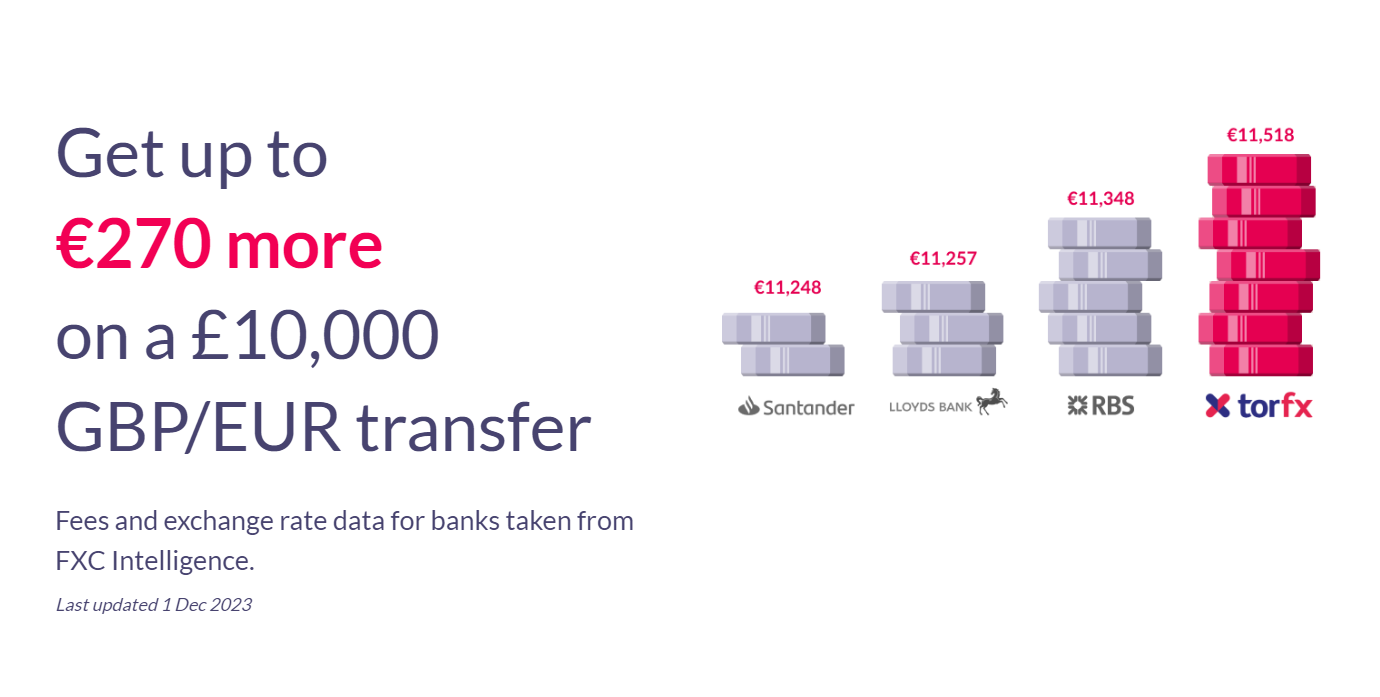Pound To Australian Dollar Forecast For This Week: Australia/UK Unemployment Data

- by Admin
- April 14, 2024

The Pound Australian Dollar (GBP/AUD) exchange rate softened during the first half of last week’s session but shot upward midweek in response to the release of fresh US inflation data. As consumer price pressures in the world’s largest economy exceeded expectations, a risk-off mood prevailed, with traders dialling back rate cut expectations for the Federal Reserve (Fed).
At the time of writing, GBP/AUD is trading at A$1.9273, having climbed by almost 0.4% in the past 7 days.
Australian Dollar (AUD) Crashes on Central Bank Predictions
The Australian Dollar (AUD) tumbled last week against its peers, as news of stronger-than-expected inflation in the US had ripple effects in the currency market.
At the start of the week, the ‘Aussie’ managed to climb against the Pound (GBP), supported by strength in domestic equity markets. Expectations of waning inflation in the US inspired further optimism, as the prospect of monetary policy normalisation from the Fed sparked hopes of widespread economic growth.
Tuesday saw AUD sink against GBP however, as Australian consumer confidence for the month of April printed below forecasts. The release marked the second month of decline according to the Westpac-Melbourne Institute’s monthly survey; Matthew Hassan, a senior economist at Westpac, said that uncertainty over the AU central bank’s policy outlook weighed upon consumer morale.
Midweek, persistent price pressures in the world’s largest economy came as a surprise to analysts, who’d forecast a weakening in core inflation. The data undermined expectations of a possible interest rate cut from the Federal Reserve in June; consequently, market optimism waned. Prolonged restrictive policy threatens economic growth at a time when business confidence is fragile.
On Thursday, AU consumer inflation expectations printed above estimates at 4.6%, reflecting concern amongst central bank policymakers regarding price pressures and monetary policy implications. The Australian Dollar climbed against the Pound, however – weaker-than-expected Chinese inflation had little effect on the Antipodean currency despite the country’s struggle to stimulate domestic demand.
At the end of the week, AUD/GBP traded broadly sideways; a smaller-than-expected trade surplus in China may have capped ‘Aussie’ gains. Exports from the world’s second-largest economy declined sharply in March, with experts suggesting this could be due to overcapacity in sectors such as electric vehicles and solar panels.

The Pound trended higher against the Australian Dollar last week, though traded in a mixed range against its other peers amid variable risk sentiment and limited domestic data.
At the start of the week, a speech from the Bank of England (BoE)’s Deputy Governor Sarah Breeden had a limited effect upon the currency; on the other hand, upbeat reports from accounting and advising firm BDO lent some support.
Kaley Crossthwaite, Partner at BDO, said:
‘Output reaching its highest point in nearly two years illustrates the UK’s robustness in the face of global economic adversities and is a big step towards economic stability and growth.’
On Tuesday, the latest retail sales monitor from the British Retail Consortium (BRC) printed above forecasts at 3.2% – the strongest growth since August 2023. This lent Sterling an additional boost, although tailwinds were shortlived.
Midweek, the Pound climbed once more against the Australian Dollar amid a risk-off mood, inspired by US inflationary pressures. In other exchange rates, however, GBP gains were capped by a lack of domestic data.
The Pound came under further pressure on Thursday as uncertainty over the Bank of England’s monetary policy trajectory weighed upon morale. Persistently high living costs suggested that the bank may need to retain restrictive monetary policy in the near term, though such an outlook threatens economic growth.
Friday saw GBP regain some of its losses as the latest UK GDP data showed that the economy expanded by more than expected over the three months to February and contracted by less than forecast on an annualised basis.
ONS Director of Economic Statistics Liz McKeown observed:
‘The economy grew slightly in February with widespread growth across manufacturing, particularly in the car sector… Looking across the last three months as a whole, the economy grew for the first time since last summer.’
GBP to AUD Exchange Rate Forecast: Jobs Data in Focus
Into this week, the Pound Australian Dollar exchange rate is likely to trade upon a glut of data from the UK, Australia, and China.
The Chinese economy is expected to have expanded in the first quarter of 2024 on an annualised basis: if the data prints as expected, GBP/AUD may fall on ‘Aussie’ tailwinds’. Chinese retail sales are also expected to have improved in recent months, lending further support to the Chinese Yuan and by association, AUD.
Meanwhile, unemployment in the UK is forecast to have increased in February, possibly subduing the Pound. On the other hand, the economy is expected to have added over 100K jobs, potentially countering headwinds.
Midweek, easing UK inflation could increase bets for early interest rate cuts from the BoE. If monetary policy divergence between the Fed and the UK central bank is forecast, GBP may weaken. A speech from BoE Governor Andrew Bailey may further influence GBP/AUD.
According to Thursday’s data, Australian unemployment is expected to have risen in March, with 70K jobs predicted to have been cut from the economy. The ‘Aussie’ may tumble following this release: GBP/AUD may subsequently climb further on Friday if UK retail sales grew as expected.
The Latest News
-
November 24, 2024Australian telecoms unite against tech-facilitated abuse
-
November 24, 2024Australia Post warns against shopping scams – Australian Seniors News
-
November 24, 2024Adelaide Football Club Refreshes Brand Via Fuller
-
November 24, 2024‘I felt so worthless’: How tennis star Jelena Dokic escaped her violent past
-
November 24, 2024The end of an era is approaching for Australian cricket. Its best laid plans may need to be ripped up



